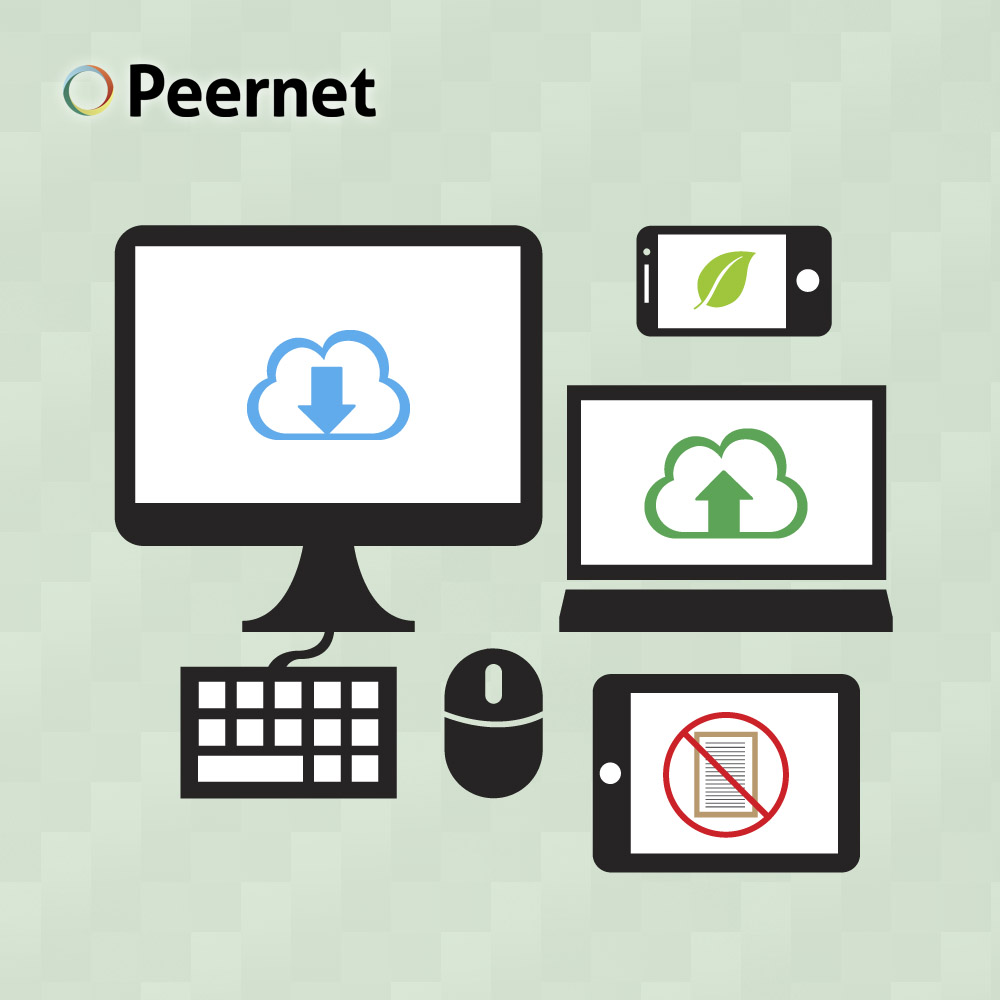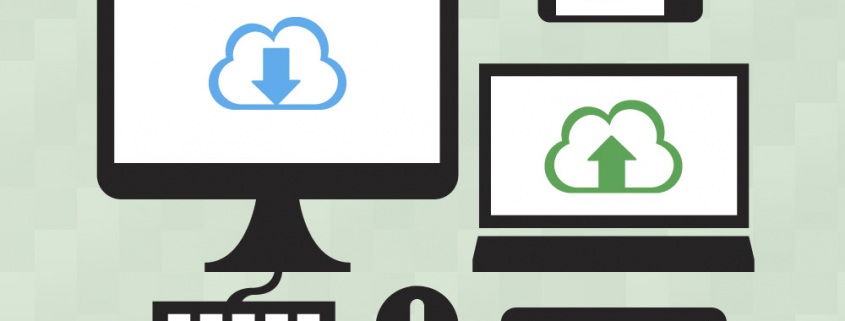Document Digitization at the Office: Answers to Your Frequently Asked Questions

If you are ready to use less paper at the office, but have some questions about the logistics of the process, read on:
How much can we really expect to reduce our paper use?
According to the World Wildlife Fund, paper use reductions of 20% are possible in most offices. Use that as a benchmark to aim for if you’re not sure what’s realistic for your company.
How do I maintain document layout?
It’s well-established that viewing the same word-processing files on different computers can change the formatting. That’s not ideal for several reasons – it can make you look bad to a colleague or client, when the document looked perfectly fine on your own computer, or worse, alter the formatting of important forms and documents.
Instead, use a format like PDF – a standard around the world, which almost everyone can view. The main advantage of portable document format is that it always maintains the exact same layout and formatting of a document for all viewers. So whether someone’s viewing it on a Windows PC or a Mac, on a new tablet or an old desktop, the formatting of the document remains the same.
Another format that is excellent for the same purpose is TIFF (TIF). TIFF is an image format that is highly secure from digital threats, and ideal for storing scanned documents, faxes and the like.
How will we keep electronic documents organized?
With physical documentation, a good, self-evident filing system is crucial to keep things organized, and so that your team is able to quickly locate the information that you’re looking for. The same principles apply for electronic document organization.
Many businesses store their documents on an internal, central fileserver, or make use of cloud storage so that employees can access what they need in a timely manner. And just like physical document storage, having a good structure in place can reduce wasted time and resources hunting around for certain files.
Will there be a big learning curve for my colleagues?
There shouldn’t be. Assuming that the people in your office have a basic level of knowledge working with computers, reducing your business’s paper consumption should be a painless process. For example, if they know how to print a document from a Word Processor such as Microsoft Word, they can use the same process to ‘print’ a document to PDF format instead. If they know how to navigate folders through an operating system such as Microsoft Windows, they should be able to correctly store, retrieve and search for documents in a file server. With a few minutes of training, they’ll be able to easily use their existing knowledge to work with digital documentation like it’s second nature.
I need something to make or convert documents, but I’m not sure which product is right for me and my business.
Are you looking to:
- Convert files as needed, on demand?
- Or maybe looking for an enterprise solution that converts files automatically, ideal for larger organizations?
- What formats will you need to use?
These are all important questions when choosing document conversion software. Follow our document conversion product guide to get an idea of what conversion software might fit your needs. If you need more information, you can contact us with your needs and we’ll recommend the product that’s perfect for you. Or, check out the video posted below.
What’s a good process or plan for reducing my company’s paper use?
Please see our blog post on 6 Easy Steps to Reduce Your Office’s Paper Use for a guide that will point you in the right direction.



